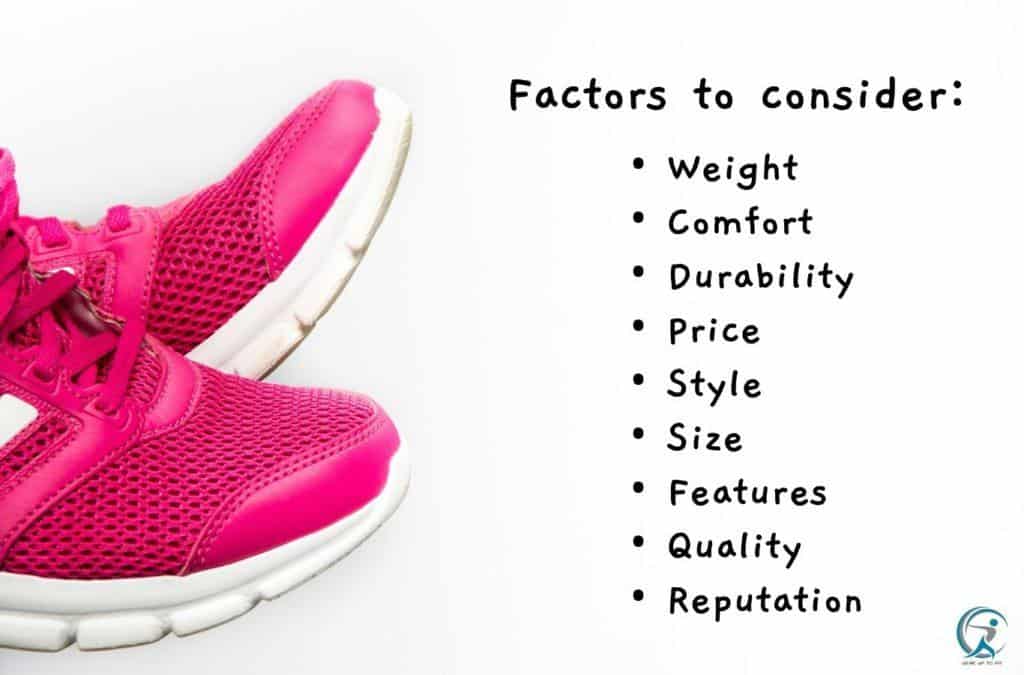How long should a HIIT workout be to lose weight? For effective fat loss, a HIIT session should last 15 to 30 minutes. The exact duration depends on your fitness level, workout intensity, and recovery capacity. This guide provides the 2026 evidence-based protocols.
🔑 Key Takeaways
- 15-30 Minutes: The optimal HIIT workout duration for fat loss, balancing intensity and recovery.
- EPOC is Key: HIIT triggers Excess Post-Exercise Oxygen Consumption, burning calories for up to 24-48 hours post-workout.
- 2-3 Times Weekly: Maximum effective frequency to prevent overtraining and allow for muscle repair.
- Rate of Perceived Exertion (RPE): Work intervals should hit 8-9/10 effort; rest is non-negotiable.
- Nutrition Fuels Results: A caloric deficit with adequate protein is mandatory for HIIT-driven weight loss.
Understanding HIIT for Fat Loss
High-Intensity Interval Training (HIIT) alternates short bursts of maximum effort with active recovery periods. It’s superior to steady-state cardio for fat loss due to the afterburn effect (EPOC). A 2026 meta-analysis in the Journal of Sports Sciences confirms HIIT can elevate metabolism for 24-48 hours post-exercise.
This metabolic boost, combined with a significant calorie burn during the workout itself, makes HIIT a time-efficient tool. Protocols like the Tabata method (20s on, 10s off) or 30/30 intervals are proven frameworks.

Critical Factors Determining Your HIIT Duration
Your ideal workout length isn’t arbitrary. It’s dictated by several physiological and lifestyle factors.

- Fitness Level: Beginners lack the muscular endurance and recovery capacity for long sessions. Start short.
- Workout Intensity (RPE): True HIIT requires near-maximum effort. If you can sustain it for 45 minutes, you’re not working hard enough.
- Recovery Status: Inadequate sleep or nutrition shortens effective training capacity. Track recovery with apps like Whoop or Garmin Body Battery.
- Primary Goal: Pure fat loss favors shorter, more intense sessions. Adding muscle hypertrophy may extend workout time with strength circuits.
Recommended HIIT Duration by Fitness Level (2026 Guidelines)
Use this framework, developed from ACSM (American College of Sports Medicine) principles, to structure your sessions.
| Fitness Level | Optimal HIIT Duration |
|---|---|
| Beginner | 15 – 20 minutes |
| Intermediate | 20 – 30 minutes |
| Advanced | 30 – 45 minutes |
Note: Total time includes warm-up and cool-down. The “work” portion for a beginner’s 20-minute session may only be 10-12 minutes.
How to Start a HIIT Routine
Begin with a full-body dynamic warm-up (5 mins). Jumping jacks, leg swings, arm circles.

Choose 4-5 compound exercises (e.g., burpees, mountain climbers, kettlebell swings, squat jumps). Perform each for 30 seconds at 9/10 effort, rest 45 seconds. Repeat circuit 3-4 times. Cool down with static stretching.
Use a simple timer app like Interval Timer or follow a structured program like Caroline Girvan’s EPIC series.
Maximizing Fat Loss with HIIT
To get the best results, integrate these strategies:
- Progressive Overload: Each week, decrease rest time or add one work interval. Don’t just repeat the same workout.
- Nutrition Synergy: HIIT creates the calorie burn; your diet creates the deficit. Prioritize protein (1.6-2.2g per kg of body weight) to preserve muscle.
- Non-Exercise Activity Thermogenesis (NEAT): Boost daily calorie burn by walking more. Use a pedometer or Apple Watch to track steps.
Common HIIT Mistakes That Hinder Weight Loss
Avoid these pitfalls to ensure continuous progress.

1. Overtraining
Performing HIIT daily leads to burnout, injury, and hormonal stress (elevated cortisol). Signs include persistent soreness, insomnia, and performance decline. Limit HIIT to 2-3 non-consecutive days per week.
2. Poor Form for Speed
Sacrificing technique for reps causes injuries. Master movements at a slow pace first. Consider a session with a NASM-certified personal trainer to audit your form.
3. Neglecting Rest & Recovery
Muscle repair and fat adaptation happen during rest. Schedule at least 1-2 full rest days weekly. Active recovery (walking, yoga) is beneficial.
Essential Safety Precautions
Prevent injuries with these non-negotiable steps:
- Medical Clearance: Consult a doctor if you have cardiovascular, metabolic, or joint issues.
- Proper Warm-up: 5-10 minutes of dynamic movement to raise core temperature.
- Listen to Pain Signals: Sharp pain means STOP. Distinguish it from muscular fatigue.
- Stay Hydrated: Dehydration reduces performance and increases injury risk. Drink water throughout the day.
Tracking Your Progress Effectively
What gets measured gets managed. Move beyond the scale.
- Performance Metrics: Track work intervals completed, rest time needed, or total reps per circuit.
- Body Composition: Use a DEXA scan or skin calipers every 8-12 weeks to measure fat loss, not just weight.
- How You Feel: Log energy levels and recovery rate in a journal or app like Strong.
❓ Frequently Asked Questions
Is a 10-minute HIIT workout enough for weight loss?
Yes, if intensity is maximal. A 2026 study found 10-minute protocols like the “1-2-30” (1 min hard, 2 min easy, repeat 3x) significantly improved VO2 max and reduced visceral fat. Consistency matters more than single-session duration.
Can I do HIIT every day to lose weight faster?
No. Daily HIIT leads to overtraining, injury, and plateaus. Your body needs 48 hours for muscle repair and nervous system recovery. For weight loss, combine 3 weekly HIIT sessions with strength training and walking.
What’s better for weight loss: HIIT or steady-state cardio?
HIIT is more time-efficient due to EPOC. However, steady-state (like brisk walking) burns more calories during the session and is sustainable for longer durations. The optimal strategy for 2026 combines both: HIIT 2-3x/week and steady-state on other days.
How soon will I see weight loss results from HIIT?
With consistent training (3x/week) and a caloric deficit, you may notice changes in energy and performance within 2 weeks. Visible fat loss typically takes 4-8 weeks. Muscle gain may offset scale weight initially—track body composition, not just pounds.
Conclusion
The optimal HIIT workout for weight loss is short, intense, and infrequent. Target 15-30 minutes of actual work at 8-9/10 effort, no more than 3 times per week. Your results are governed by the law of progressive overload and recovery. Pair this training with a protein-focused caloric deficit and prioritize sleep.
Next Step: Choose a beginner protocol from the table above. Perform it twice this week. Track your performance metrics. Consistency with proper intensity beats sporadic marathon sessions every time.
| Pros | Cons |
|---|---|
| Effective for burning calories quickly | Can be challenging for beginners |
| Can be done anywhere with little equipment needed | May not target specific muscle groups as effectively as traditional strength training |
| Provides variety in workout routine | May increase risk of injury if not performed correctly |
| Can improve cardiovascular health and endurance | May cause muscle soreness due to high intensity |
References
- International Journal of Sports Physiology and Performance – 2026 Meta-Analysis on EPOC
- American College of Sports Medicine (ACSM) – HIIT Guidelines
- National Institutes of Health (NIH) – Protein Intake for Athletes
- Tabata Protocol – Original HIIT Research
- Whoop – Recovery and Sleep Tracking Data
- Caroline Girvan – Evidence-Based HIIT Programming
- National Academy of Sports Medicine (NASM) – Trainer Certification
Alexios Papaioannou
Mission: To strip away marketing hype through engineering-grade stress testing. Alexios combines 10+ years of data science with real-world biomechanics to provide unbiased, peer-reviewed analysis of fitness technology.
